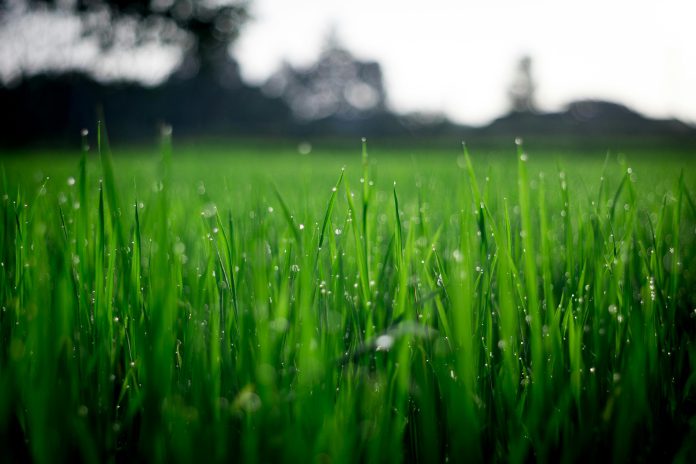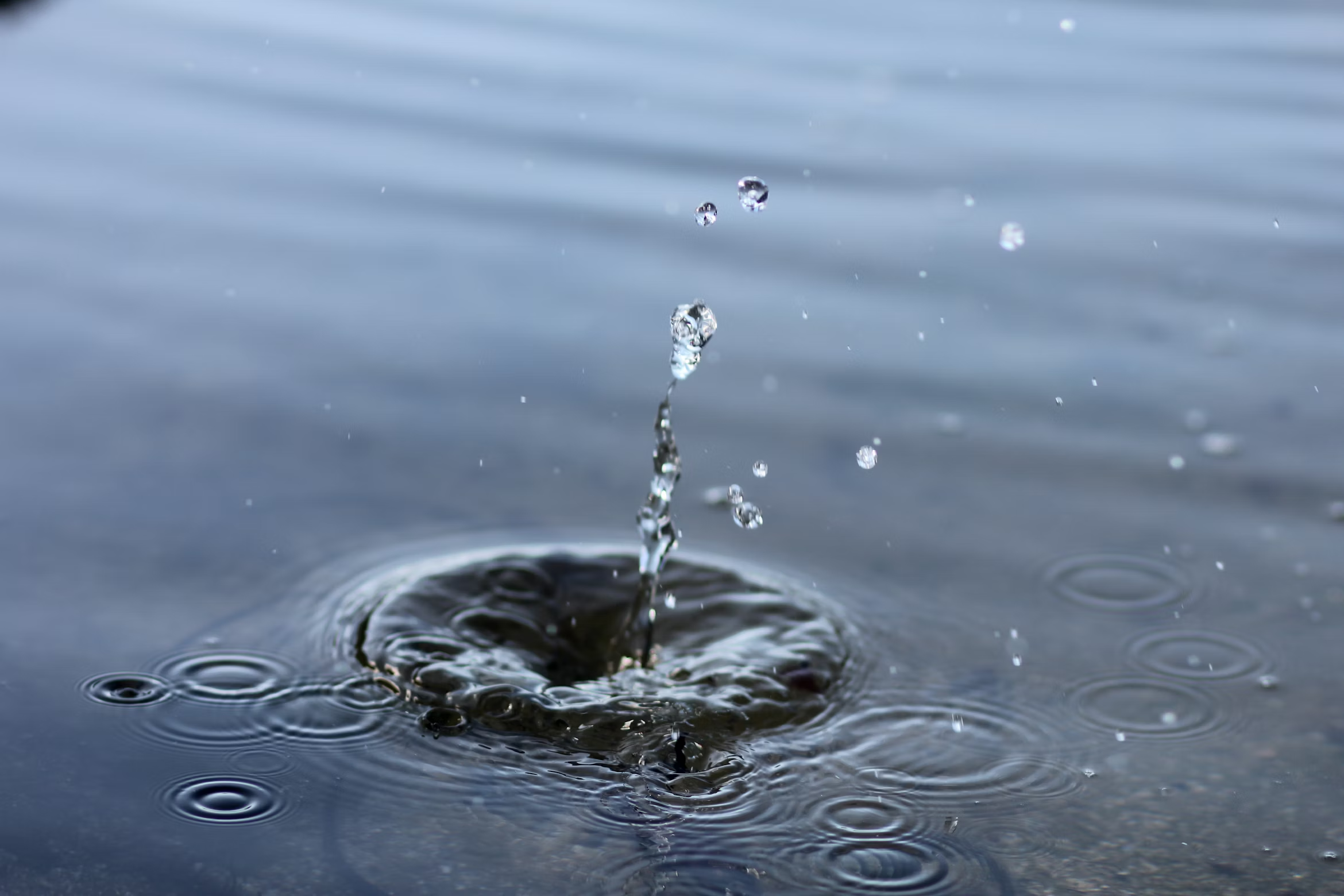The curb appeal of your property can be significantly improved by lush, colorful grass, which also serves as a soothing outside place. If your lawn is spotty or worn out, revitalizing it may seem like an impossible effort. On the other hand, you may revitalize your lawn and bring it back to its lush, green splendor by following a few straightforward measures.
Evaluate And Address Soil Health
To have a healthy lawn, the condition of the soil is essential. To begin, you can evaluate the state of your soil. To find out if there are any nutrient deficiencies or pH imbalances, test the soil. You can either submit a sample to a local extension office or purchase a soil testing kit from a garden center. Both options are available to you. There is a possibility that you may need to amend the soil with lime to balance the pH, or you may need to add compost to boost fertility. Improved root growth and nutrient absorption are two additional benefits that can be gained from aerating the soil by creating small holes in it.
Choose The Right Grass Seed
To have a lawn that thrives, it is essential to choose a grass seed that is suitable for the climate and the type of soil you have. Kentucky bluegrass and fescue are examples of cool-season grasses that thrive in milder climes. Conversely, warm-season grasses like Zoysia and Bermuda are more adapted to warmer regions. Keep an eye out for seed mixtures of superior quality that are resistant to the most frequent illnesses and pests. Planting the appropriate species of grass will result in a lawn that is more robust and resistant to damage.
Mow Correctly
When it comes to maintaining a healthy lawn, proper mowing procedures are necessary. If you wish to avoid over stressing the grass, you can avoid mowing more than one-third of its height at once. To leave the grass a little bit longer, you can adjust the blades of your mower to a higher setting. To achieve smooth cuts and to decrease the amount of damage done to the grass, keep the blades of the mower sharp.
Water Wisely
Underwatering can cause the grass to become dry and stressed while overwatering can cause the root systems to become shallow, which increases the likelihood that the grass will become susceptible to illnesses. Make it a goal to water your grass thoroughly yet seldom, giving it around one inch of water throughout the week.
Conversely, artificial grass lawns provide a substantial benefit in areas with water restrictions or where water conservation is a major priority. These grass lawns do not require any watering other than the occasional rinse; they contribute to sustainable landscaping techniques and reduce the amount of water that is used. Nowadays, you can buy and install good quality artificial grass from reputable companies, such as buying artificial turf from NexGen Lawns.
Fertilize Strategically
A replenishment of the critical nutrients that the grass needs for growth is accomplished by fertilization. Pick a fertilizer with a combination of potassium, phosphorus, and nitrogen that is well-balanced. Consult the manufacturer’s instructions for details on application rates and scheduling.
Fertilizing throughout the spring and fall seasons is generally the most successful method since it provides support for development during the most productive growing seasons. When fertilizing, it is important to avoid over-fertilizing because doing so might result in excessive growth and an increased susceptibility to pests.
Address Thatch and Weeds
Thatch, a layer of organic matter between the soil and the grass, can hinder the absorption of water and nutrients. If the thatch layer exceeds half an inch, it is advisable to dethatch your lawn using a dethatching rake or machine. In addition, it is important to keep a watch out for weeds, as they might compete with grass for resources. Depending on the type of weed and the size of the lawn, you can employ the proper methods of weed control, such as hand-weeding, herbicides, or a mix of the two.
Conclusion
It is not necessary for the process of revitalizing your grass to be a complicated effort. You may breathe new life into your lawn by concentrating on the health of the soil, selecting the appropriate grass seed, mowing it appropriately, watering it appropriately, feeding it strategically, and treating thatch and weeds. You will be able to take pleasure in lush, green grass that adds to the beauty and value of your property if you are willing to put in some effort and use some patience.













